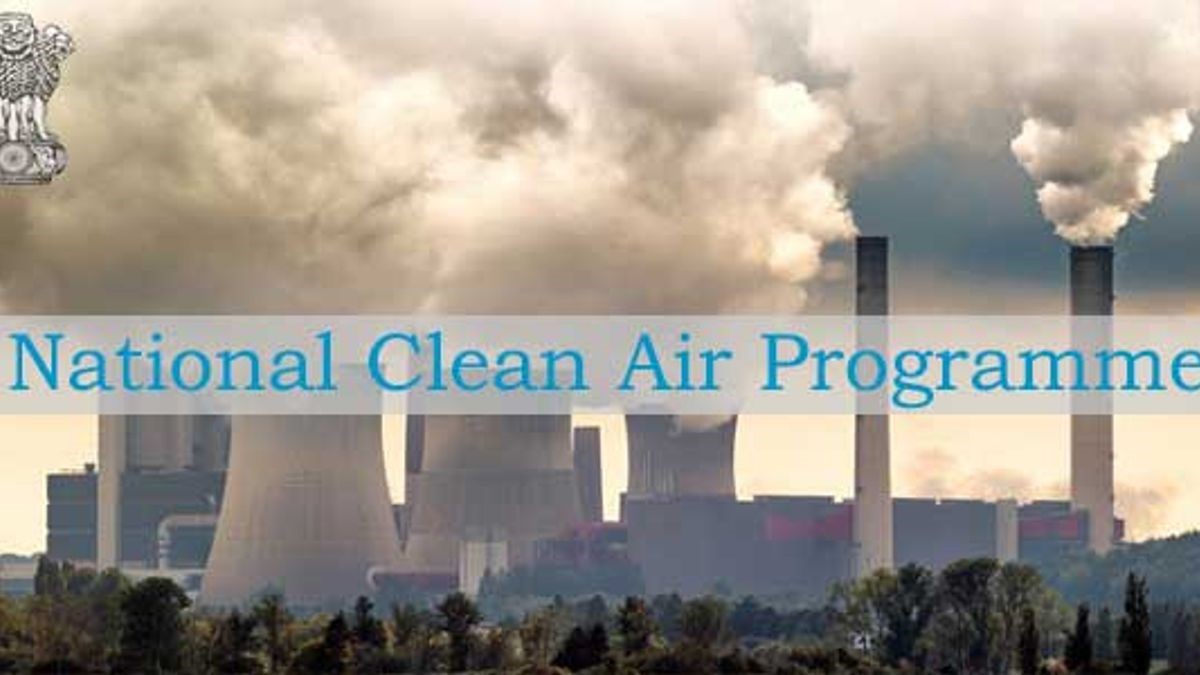Free Courses Sale ends Soon, Get It Now


Free Courses Sale ends Soon, Get It Now



Disclaimer: Copyright infringement not intended.
Context
What is the NCAP?
Goal
Objectives
Approach
Initiatives under NCAP
|
PRACTICE QUESTION Q. Air pollution is the top killer today. Discuss the initiatives that have been taken under the National Clean Air Programme. |
© 2024 iasgyan. All right reserved